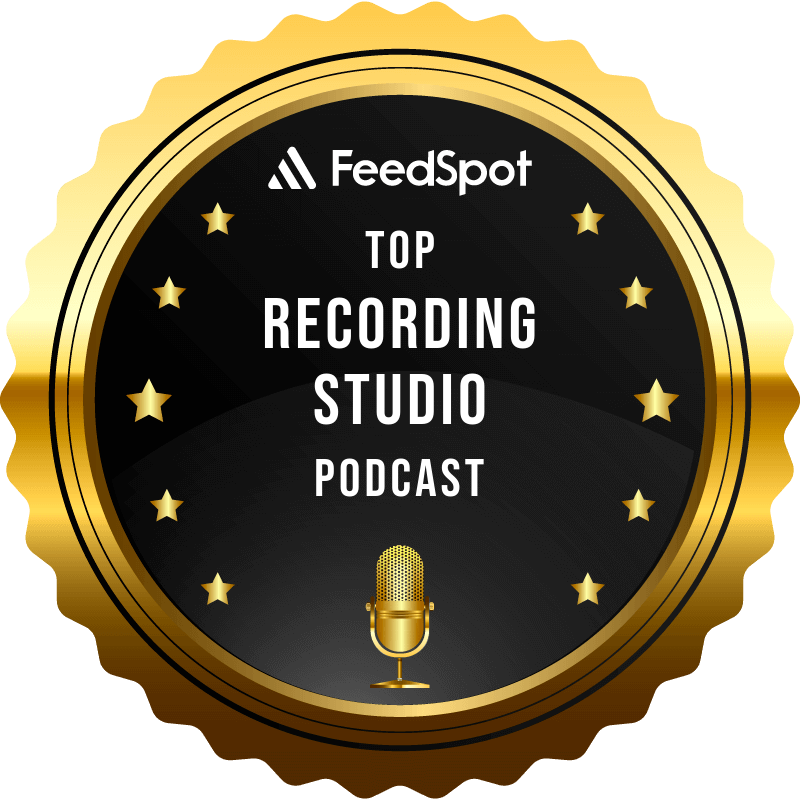Your audio interface is the beating heart of your recording setup. It’s the bridge between your ideas and the outside world. But how do you know when it’s time to move on from your trusty box of converters and preamps? In this episode of Inside the Recording Studio, Chris and Jody dive deep into the dos and don’ts of upgrading your audio interface.
They start with the practical signs: crackling noises, limited input options, driver instability, or simply realizing your current interface is holding back the potential of your mixes. From there, they expand into the creative benefits of upgrading—better converters, more reliable latency, improved headphone amps, and the kind of clarity that makes vocals and instruments sit more naturally in the mix.
But upgrading isn’t just about throwing money at shiny new gear. Chris and Jody stress the importance of identifying what you actually need. Do you need more channels for recording a live band? Higher sample rates for orchestral work? Or just a cleaner, simpler workflow for podcasting and production? They’ll also cover the common traps—when upgrading is unnecessary, when it’s better to optimize your workflow first, and when the problem isn’t the interface but your room acoustics, gain staging, or even user error.
Along the way, you’ll hear practical recording setup tips and even some audio interface troubleshooting tricks that might save you from upgrading too soon. And, true to form, there’s humor and storytelling sprinkled throughout, because no Inside the Recording Studio episode is complete without a bit of nonsense.
Whether you’re working with budget home studio gear or eyeing a flagship unit, this episode gives you clarity on when to make the leap—and when to hold tight to what you’ve got.
******************************
Gear we used:
Jody’s Mic & Voice Chain: Telefunken C12 – Groove Tubes Vipre – Apollo – UA Neve 1073 – UA LA2A – UA Studer A800
Jody’s Channel Strip: iZotope RX Spectral DeNoise – iZotope RX Mouth DeClick – UA Neve 1073 – UA LA2A – UA 1176E
Chris’ Mic & Voice Chain: Slate ML1 – Apollo – UA – Slate VMR (FG12, FG73, API Eq, SSL 4kE) – iZotope RX Voice – DeNoise
Chris’ Channel Strip: Eventide Precision Time Align – iZotope RX Spectral DeNoise – iZotope RX Mouth DeClick – UA Neve 1073 – UA LA2A – UA 1176E
Master: Oek Sound Soothe 2 – iZotope Ozone Imager – iZotope Ozone Maximize.
******************************
If you want to collaborate, sponsor a podcast, donate, or want us to review your product – contact us at: collaborate@insidetherecordingstudio.com

